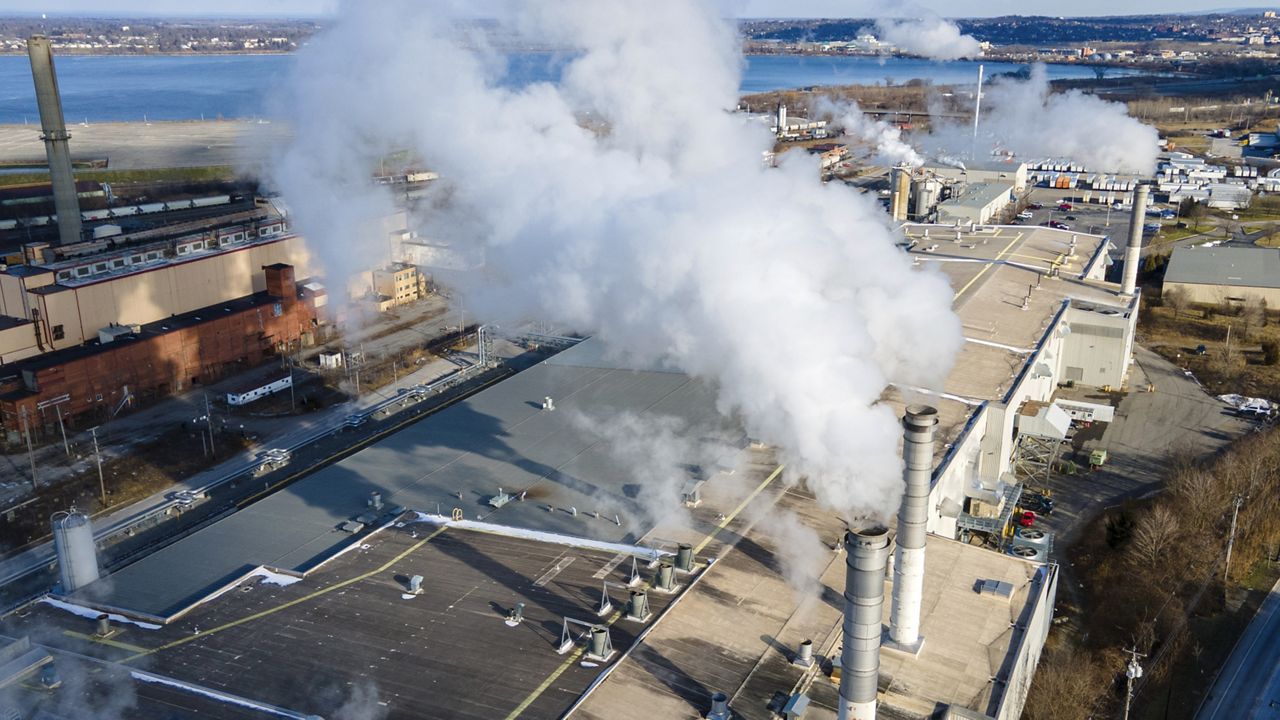The U.S. economy grew at a solid 3.4% annual pace from October through December, the government said Thursday in an upgrade from its previous estimate. The government had previously estimated that the economy expanded at a 3.2% rate last quarter.
The Commerce Department's revised measure of the nation's gross domestic product — the total output of goods and services — confirmed that the economy decelerated from its sizzling 4.9% rate of expansion in the July-September quarter.
But last quarter's growth was still a solid performance, coming in the face of higher interest rates and powered by growing consumer spending, exports and business investment in buildings and software. It marked the sixth straight quarter in which the economy has grown at an annual rate above 2%.
For all of 2023, the U.S. economy — the world's biggest — grew 2.5%, up from 1.9% in 2022. In the current January-March quarter, the economy is believed to be growing at a slower but still decent 2.1% annual rate, according to a forecasting model issued by the Federal Reserve Bank of Atlanta.
Thursday's GDP report also suggested that inflation pressures were continuing to ease. The Federal Reserve's favored measure of prices — called the personal consumption expenditures price index — rose at a 1.8% annual rate in the fourth quarter. That was down from 2.6% in the third quarter, and it was the smallest rise since 2020, when COVID-19 triggered a recession and sent prices falling.
Stripping out volatile food and energy prices, so-called core inflation amounted to 2% from October through December, unchanged from the third quarter.
The economy's resilience over the past two years has repeatedly defied predictions that the ever-higher borrowing rates the Fed engineered to fight inflation would lead to waves of layoffs and probably a recession. Beginning in March 2022, the Fed jacked up its benchmark rate 11 times, to a 23-year high, making borrowing much more expensive for businesses and households.
Yet the economy has kept growing, and employers have kept hiring — at a robust average of 251,000 added jobs a month last year and 265,000 a month from December through February.
At the same time, inflation has steadily cooled: After peaking at 9.1% in June 2022, it has dropped to 3.2%, though it remains above the Fed's 2% target. The combination of sturdy growth and easing inflation has raised hopes that the Fed can manage to achieve a "soft landing" by fully conquering inflation without triggering a recession.
Thursday's report was the Commerce Department's third and final estimate of fourth-quarter GDP growth. It will release its first estimate of January-March growth on April 25.







